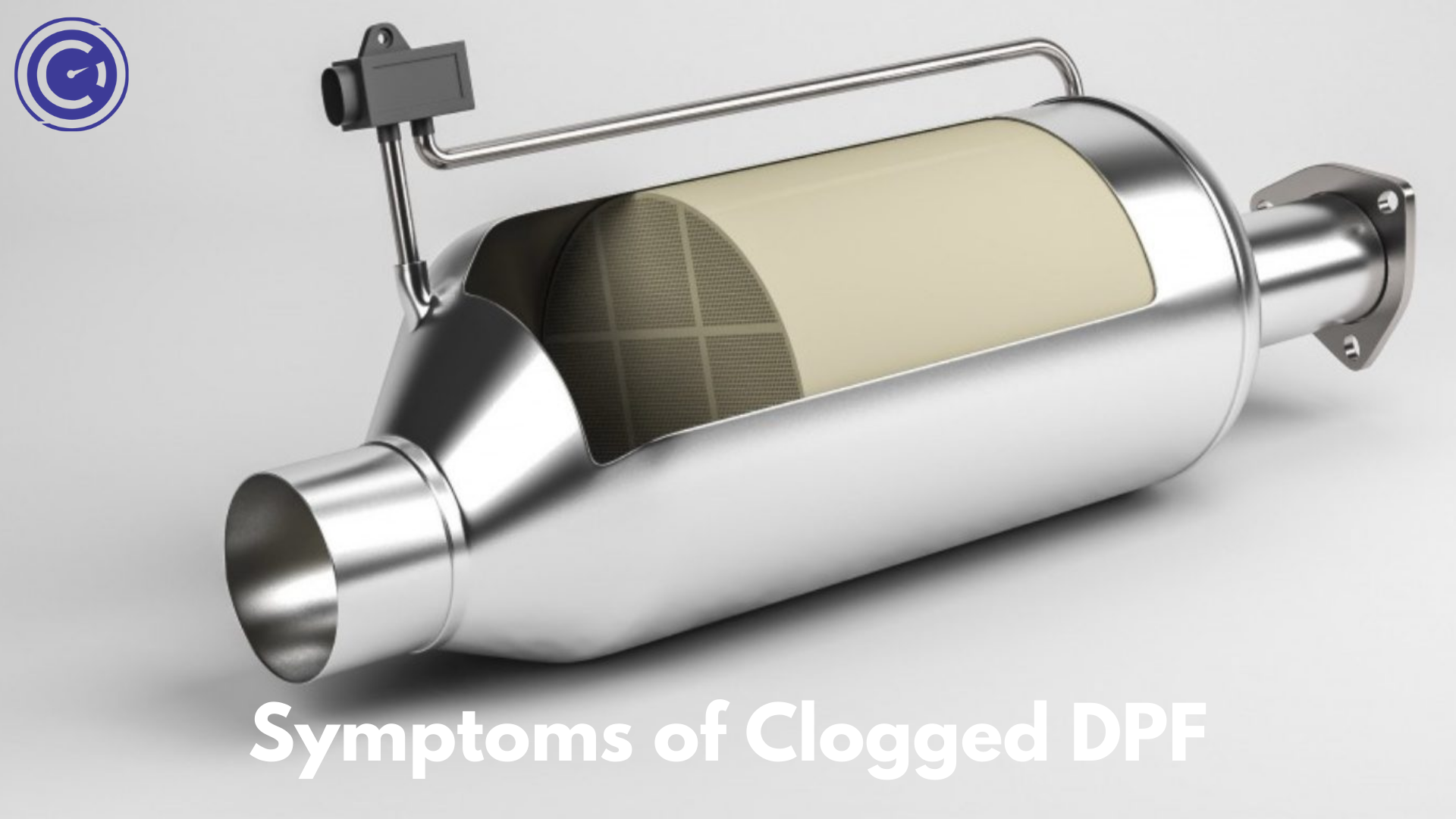In the world of modern diesel vehicles, the Diesel Particulate Filter (DPF) plays a crucial role. It’s a vital component that helps reduce emissions and keep the air cleaner. However, like any other part of your vehicle, the DPF can face issues over time. One common problem car owners encounter is a clogged DPF. In this comprehensive guide, we’ll explore everything you need to know about the symptoms, causes, diagnosis, fixes, and precautions related to a clogged DPF.
Table of Contents
Introduction
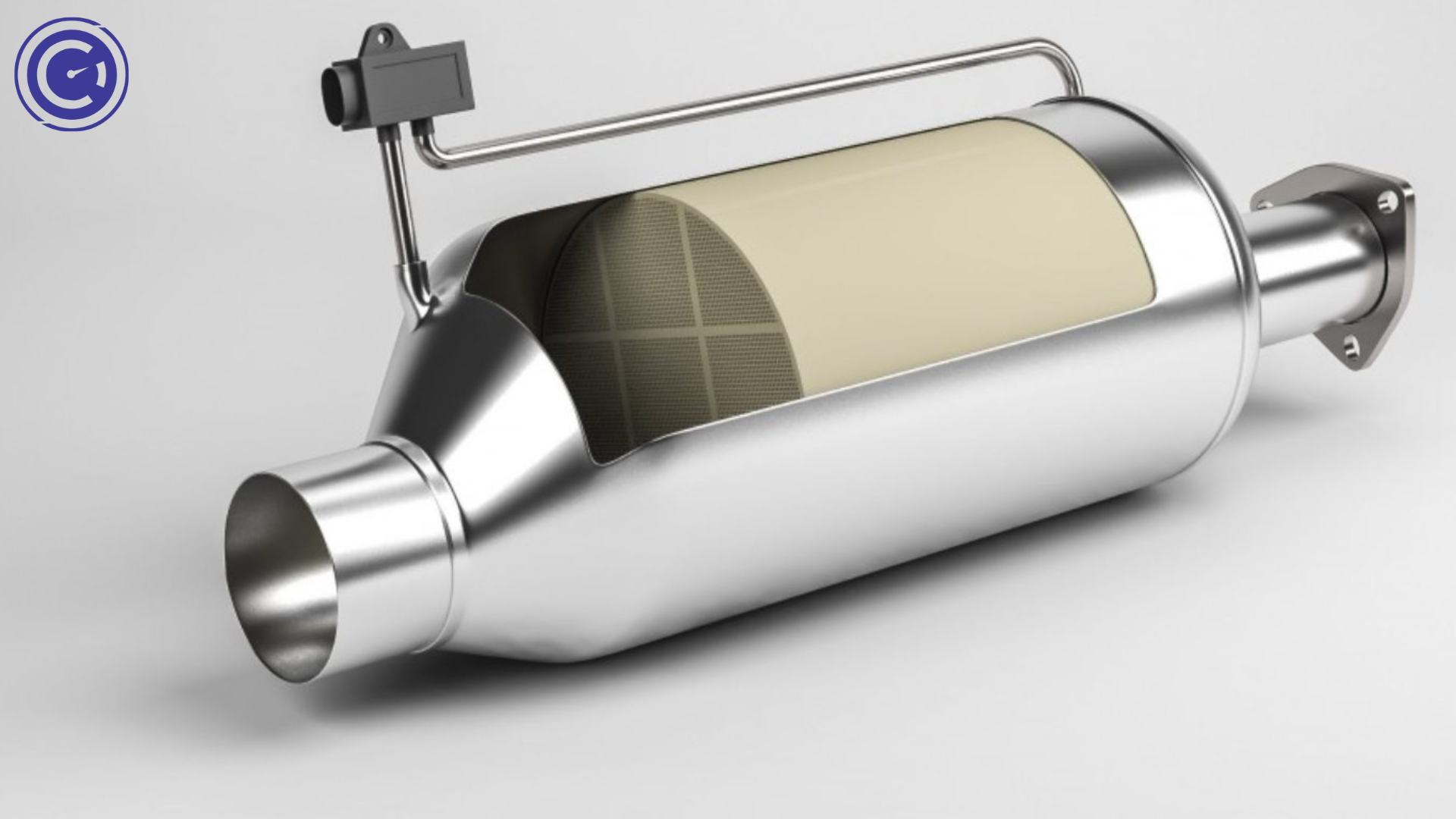
Let’s start with a brief introduction to the Diesel Particulate Filter. In diesel vehicles, DPFs are responsible for trapping and removing harmful particulate matter (soot) from the exhaust gases. This process is essential for reducing emissions and meeting environmental standards. However, when a DPF gets clogged, it can lead to various issues.
Understanding the symptoms and causes of DPF clogs is vital for car owners and workshops alike. It helps in early detection and prevents more severe problems down the road. So, let’s dive into the details.
Signs of a Clogged DPF
A Diesel Particulate Filter (DPF) is a vital component in modern diesel vehicles, designed to reduce emissions and promote cleaner air quality. However, over time, a DPF can become clogged, which can lead to various issues with your vehicle’s performance. Recognizing the signs of a clogged DPF is crucial for car owners and mechanics alike, as early detection can prevent more severe problems. In this section, we will explore the common signs and symptoms that indicate a clogged DPF.
Illuminated Check Engine Light
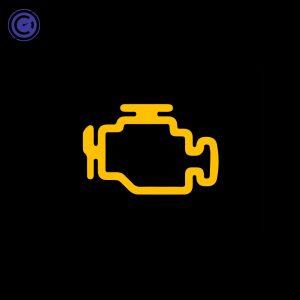
Perhaps the most common and noticeable sign of a clogged DPF is an illuminated check engine light on your vehicle’s dashboard. The vehicle’s computer system monitors the DPF’s efficiency, and when it detects reduced exhaust flow due to clogging, it triggers the check engine light. This warning should not be ignored, as it signifies a potential issue that requires attention.
Reduced Fuel Efficiency
A clogged DPF can significantly impact your vehicle’s fuel efficiency. The obstruction in the DPF restricts the flow of exhaust gases, causing the engine to work harder to expel them. This increased effort results in higher fuel consumption, meaning you’ll need to refuel more frequently. If you notice a sudden drop in fuel efficiency, it could be a sign of DPF clogging.
Loss of Power
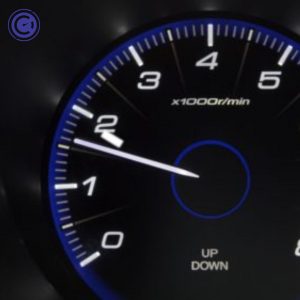
A clogged DPF can lead to a noticeable loss of power in your vehicle. You might experience reduced acceleration capabilities or an overall sluggishness in performance. The restricted exhaust flow hampers the engine’s ability to operate optimally, affecting its power output. If you find your car struggling during acceleration or uphill climbs, a clogged DPF could be the culprit.
Increased Exhaust Smoke
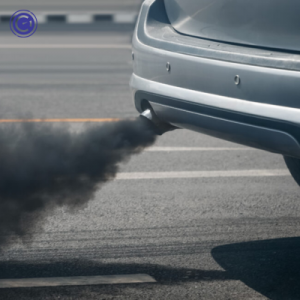
Excessive black smoke emitting from your vehicle’s exhaust pipe is another telltale sign of a clogged DPF. When the DPF is clogged, it can result in incomplete combustion of diesel fuel, leading to the production of dark, sooty smoke. This is not only an aesthetic issue but also a clear indicator of DPF problems that need addressing.
Frequent Regeneration Attempts
Modern diesel vehicles are equipped with a regeneration process designed to burn off accumulated soot in the DPF. When the DPF becomes clogged, your vehicle may attempt regeneration more frequently than usual. You may notice increased fuel consumption during regeneration cycles, and this can be a sign that your DPF requires attention.
Causes of DPF Clogging
Understanding the causes of Diesel Particulate Filter (DPF) clogging is crucial for car owners and mechanics alike. A clogged DPF can lead to a range of issues, including reduced vehicle performance and increased emissions. In this section, we will explore the various factors and reasons that can contribute to DPF clogs.
Normal Accumulation of Soot
One of the primary reasons for DPF clogging is the accumulation of soot and particulate matter, which is a natural byproduct of diesel combustion. Over time, these particles can build up within the DPF, reducing its capacity to trap additional soot. As the filter becomes saturated, it becomes less effective in capturing new particulates, leading to clogging.
Short Trips and Stop-and-Go Driving
Frequent short trips and stop-and-go driving conditions can contribute to DPF clogging. In such scenarios, the engine may not reach the necessary operating temperature for effective regeneration of the DPF. Incomplete regeneration can result in soot buildup and eventually lead to clogging.
Low-Quality Fuel
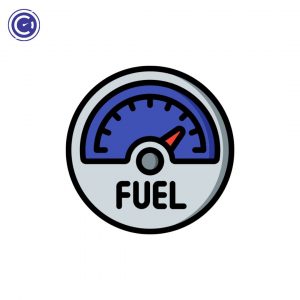
The quality of diesel fuel used in your vehicle can have a significant impact on DPF health. Low-quality or contaminated fuel may contain impurities and additives that can leave deposits in the DPF. These deposits can accumulate over time and contribute to clogging.
Lack of Maintenance
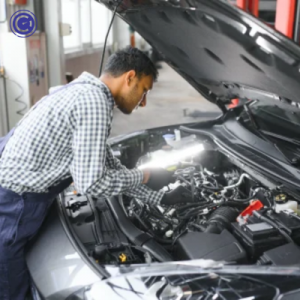
Neglecting regular vehicle maintenance, including DPF maintenance, can lead to clogging. Failing to follow manufacturer-recommended service intervals can allow soot and ash to accumulate unchecked, eventually obstructing the filter’s passages.
Faulty Engine Components
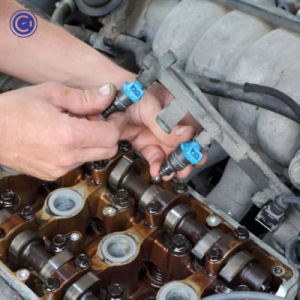
Issues with other engine components, such as malfunctioning fuel injectors or a malfunctioning EGR (Exhaust Gas Recirculation) system, can contribute to DPF clogging. When these components fail, they can lead to improper combustion and increased soot production, putting additional strain on the DPF.
Inadequate Regeneration
Proper DPF regeneration is essential for maintaining filter health. If the vehicle’s regeneration process is interrupted or not functioning correctly, it can lead to incomplete soot burn-off and contribute to clogging. This can be caused by sensor failures, wiring issues, or faulty regeneration systems.
Contaminants in the Exhaust
Exhaust contaminants, such as oil, coolant, or silicone, can find their way into the DPF. These contaminants can coat the filter’s walls and inhibit its ability to trap soot effectively, leading to clogs.
Extended Idling
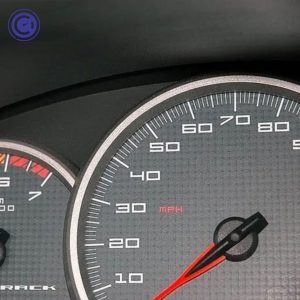
Extended idling, especially in cold weather, can hinder the DPF’s ability to regenerate properly. Idling for extended periods without adequate airflow can result in soot buildup and eventual clogging.
Diagnosis and Testing
Detecting a clogged Diesel Particulate Filter (DPF) is essential for maintaining your vehicle’s performance and preventing further damage. In this section, we will explore the methods and procedures for diagnosing and testing a clogged DPF.
Check Engine Light (CEL) Warning

The first indicator of a potential DPF issue is often the illumination of the Check Engine Light (CEL) on your vehicle’s dashboard. When the DPF becomes clogged, the engine control module (ECM) may detect abnormal sensor readings and trigger the CEL. While the CEL alone doesn’t pinpoint DPF clogging, it signals the need for further investigation.
Diagnostic Trouble Codes (DTCs)
To pinpoint the DPF-related issue, you can use the GaragePro OBD-II scanner to retrieve Diagnostic Trouble Codes (DTCs). DTCs related to DPF issues may include codes such as P2002 (DPF efficiency below threshold) or P2452 (DPF pressure sensor circuit).
Visual Inspection
A visual inspection of the DPF can provide valuable insights. You can visually examine the DPF for signs of physical damage, leaks, or excessive soot accumulation. A DPF that appears excessively dirty or clogged may warrant further testing.
Differential Pressure Sensor Test
Many modern vehicles are equipped with a differential pressure sensor that monitors the pressure drop across the DPF. Testing this sensor can help determine if the DPF is clogged. A significant increase in pressure drop may indicate clogging.
Regeneration Test
DPF regeneration is a process where accumulated soot is burned off at high temperatures. Some vehicles allow manual initiation of regeneration through diagnostic tools. Performing a regeneration test can help clear a partially clogged DPF. If regeneration fails or is unsuccessful, it may indicate severe clogging.
Exhaust Backpressure Test
Measuring exhaust backpressure is another diagnostic method. An increase in backpressure beyond the manufacturer’s specifications can indicate DPF clogging. However, this test requires specialized equipment and should be performed by a professional.
Smoke Test
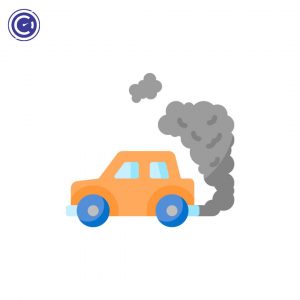
In some cases, a smoke test may be used to identify leaks or cracks in the DPF that can contribute to clogging. The introduction of smoke into the exhaust system can reveal visible leaks.
Professional Diagnostic Tools
For a comprehensive diagnosis, consider using professional diagnostic tools available at automotive repair shops. These tools can provide real-time data, perform advanced tests, and pinpoint the exact cause of DPF issues.
Fixing a Clogged DPF
A clogged Diesel Particulate Filter (DPF) can significantly impact your vehicle’s performance and fuel efficiency. In this section, we will discuss the methods and procedures for fixing a clogged DPF, helping you restore your vehicle’s optimal functionality.
DPF Regeneration
DPF regeneration is the process of burning off the accumulated soot within the filter. There are two types of regeneration:
Passive Regeneration
Passive regeneration occurs during normal driving conditions when exhaust temperatures are high enough to burn off the soot. However, if your driving consists mainly of short trips or low-speed city driving, passive regeneration may not occur, leading to clogging.
Active Regeneration
Active regeneration is a controlled process initiated by the engine control module (ECM). It increases exhaust temperatures to burn off the soot in the DPF. Some vehicles allow you to manually initiate active regeneration through diagnostic tools. It’s essential to follow your vehicle’s manufacturer guidelines for regeneration procedures.
Forced Regeneration
If passive and active regenerations fail to clear the DPF, a forced regeneration can be performed by a professional mechanic using specialized equipment. This method involves using diagnostic tools to initiate regeneration at higher temperatures, ensuring thorough soot combustion. Forced regeneration is effective in most cases of partial clogging.
Cleaning the DPF
In cases of severe clogging, the DPF may require physical cleaning. Here are the common methods for cleaning a clogged DPF:
Water-Based Cleaning
Water-based cleaning involves the use of a cleaning solution and a special cleaning machine. The DPF is soaked in the solution and then cleaned using the machine, which forces water and air through the filter to remove soot and ash deposits.
Thermal Cleaning
Thermal cleaning, also known as baking, is a process where the DPF is heated to high temperatures to burn off the accumulated soot. This method is effective but should only be performed by trained professionals due to the extreme heat involved.
DPF Replacement
In cases of severe clogging, damage, or if the DPF cannot be effectively cleaned, replacement may be necessary. A new DPF can be installed by a certified mechanic. It’s important to use a high-quality replacement filter compatible with your vehicle’s make and model.
Addressing Underlying Issues
To prevent future DPF clogs, it’s essential to address any underlying issues. This includes maintaining your vehicle according to the manufacturer’s recommendations, using high-quality fuel, and adopting driving habits that promote proper DPF regeneration.
Professional Assistance
Fixing a clogged DPF is a complex task that may require professional assistance, especially for forced regeneration, cleaning, or replacement. Consult a certified mechanic or an automotive repair shop experienced in DPF maintenance for the best results.
Precautions and Preventive Measures
Maintaining a healthy Diesel Particulate Filter (DPF) is crucial to ensure your vehicle’s performance and minimize the risk of clogs. In this section, we will discuss precautions and preventive measures that car owners can take to extend the life of their DPF and avoid potential issues.
Use High-Quality Diesel Fuel
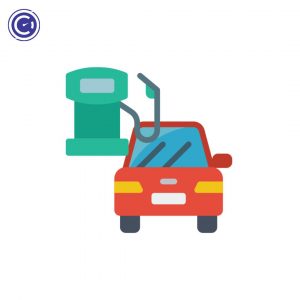
Using high-quality diesel fuel with low sulfur content is essential for DPF health. Low-quality or contaminated fuel can lead to increased soot and ash buildup in the filter, accelerating clogging. Always choose reputable fuel stations and ensure that the diesel you use meets the recommended specifications.
Adhere to Regular Maintenance
Following the manufacturer’s recommended maintenance schedule is key to DPF longevity. Regular maintenance includes oil changes, air filter replacement, and overall vehicle inspections. A well-maintained engine is less likely to produce excessive soot and pollutants that can clog the DPF.
Frequent Long-Distance Driving
DPFs rely on high exhaust temperatures for effective regeneration. Short trips and city driving often result in insufficient exhaust heat for proper regeneration, leading to clogs. To prevent this, try to incorporate longer highway drives into your routine, allowing the DPF to naturally regenerate.
Avoid Excessive Idling
Excessive idling can lead to incomplete combustion and increased soot production. If your vehicle is equipped with an automatic engine shutdown feature, use it to minimize unnecessary idling. This practice not only helps the DPF but also conserves fuel.
Use Recommended Engine Oil

Using the manufacturer-recommended engine oil is essential, as certain oil additives can contribute to DPF clogging. Always consult your vehicle’s manual or a certified mechanic to ensure you are using the correct engine oil.
Be Mindful of Additives
While some fuel or oil additives claim to clean or protect the DPF, their effectiveness varies. It’s best to consult with a professional mechanic before using any additives to avoid potential damage to the DPF.
Monitor Warning Lights
Modern vehicles are equipped with diagnostic systems that monitor the DPF’s condition. If your check engine light or DPF warning light illuminates, take it seriously. Ignoring these warnings can lead to severe clogs and costly repairs.
Periodic DPF Cleaning
Consider scheduling periodic DPF cleaning sessions as part of your vehicle maintenance routine. Professional cleaning can remove accumulated soot and ash, ensuring the filter operates optimally.
Consult a Professional
If you suspect DPF issues or notice symptoms of clogging, consult a certified mechanic or automotive workshop experienced in DPF maintenance. They can diagnose the problem accurately and recommend appropriate solutions.
Stay Informed
Stay informed about your specific vehicle’s DPF requirements and guidelines. Knowledge about DPF regeneration processes and maintenance practices will help you make informed decisions to prevent clogs.
Conclusion
In conclusion, recognizing the symptoms, causes, and diagnosis of a clogged DPF is crucial for car owners and workshops. Early detection and proper maintenance can save you from costly repairs and keep your vehicle running efficiently. We encourage you to share this information with fellow car enthusiasts and prioritize DPF awareness and maintenance.

